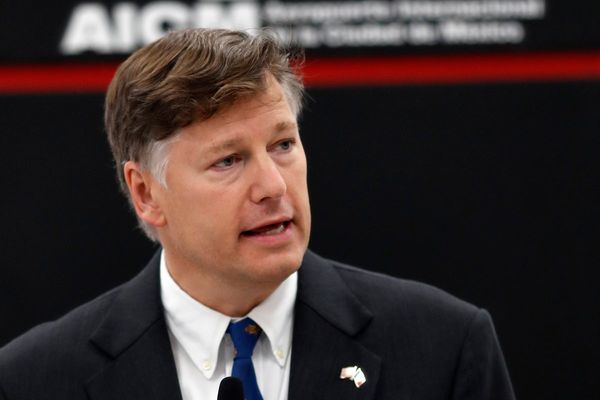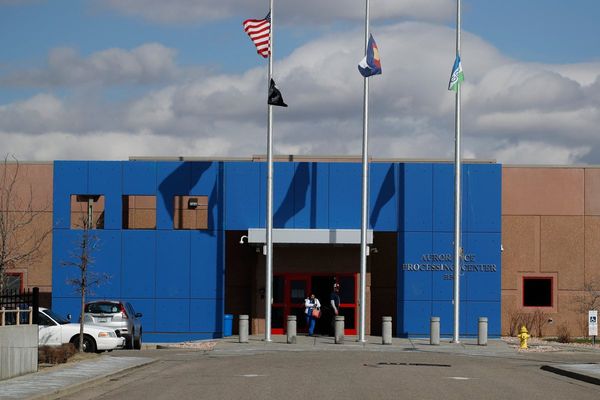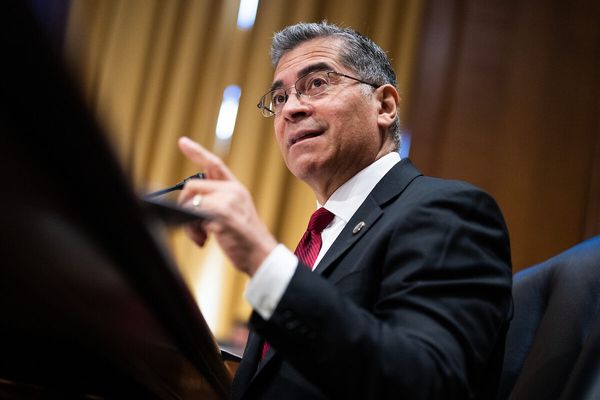
This year’s Naidoc theme, “keep the fire burning”, speaks to a cultural movement many Australians may be unaware of. Among the many fires we, as sovereign peoples, are stoking, language revitalisation is spreading like a cool burn, igniting our cultural vigour.
For me, language revitalisation has always been part of a larger project. In my professional life this has included naming significant policy work I’ve led in my Kooma language, as well as championing the reclamation of placenames like K’gari (Fraser Island). At home, I encouraged my daughters to deliver speeches in Kooma and write assessments in Kooma – made possible by a learning process that began with words and common sentences posted to the fridge.
The motivation couldn’t be any more profound: Kooma, also known as Guwamu, is critically endangered. According to the Australian Institute of Aboriginal and Torres Strait Islander Studies (AIATSIS), there are no recorded users, nor is there any documentation currently in publication, such as a dictionary or grammar guide.
The process of learning Kooma has been slow. Like all First Nations languages, it is highly complex. In 2019, I travelled to Canberra to engage with some of the very limited resources available, including language recordings of my Old People (ancestors) held at AIATSIS. In a room not dissimilar to the police interrogation rooms I’ve seen in movies, I sat alone and listened.
In the days and months that followed, I felt my tongue coming alive. Slow, synaptic connections firing, activating the scores of muscles in my face, neck, lips, jaw and tongue, making the enunciation of Kooma words and phrases possible. I know I don’t have it right yet. I know my grammar is rudimentary. But I am speaking, writing and more importantly thinking in Kooma nearly every day. It’s a small triumph.
A 2019 survey conducted by AIATSIS found that about 120 first languages are spoken in Australia, and there are scores of revitalisation projects across the country. Popular music has long led the trend. Artists like Fred Leone (singing in Butchulla), Electric Fields (Yankunytjatjara) and Emily Wurramara (Anindilyakwa) have amassed millions of streams. In literature, writers like Kim Scott (Wirlomin), Anita Heiss (Wiradjuri) and myself (Kooma) are increasingly using our languages in our work.
But the irony of writing about language revitalisation during the first Naidoc Week after the failed voice referendum – where a startling majority of Australians voted to deny my peoples constitutional recognition – is not lost on me. I can’t write about Naidoc, the voice or about language revitalisation without situating it within blak sovereignty. It is my view that failing to do this is what thwarted the referendum from the start.
While there is no legal instrument compelling the use of English in Australia, it is the de facto national and official language. The forbiddance of First Nations language use in early Australia and the carriage of that decision through to contemporary Australia is part of the colonial project. The exclusion of all First Nations languages was and is an active choice – and an uncommon one. In other colonised nations around the world, it is common that more than one language is spoken.
In South Africa, for example, national languages include English, Afrikaans and seven other African languages, such as Zulu and Xhosa. Up to 3,000 languages are spoken across Africa, and while colonial languages hold in political and business settings, hundreds of millions of people use locally dominant languages like Swahili, Amharic and Yoruba specifically for the purpose of cultural connection and unity. They are broadcast, published, taught in schools.
We have a long way to go here in Australia.
And yet seemingly insurmountable hurdles are being overcome across the continent. After the United Nations’ declaration of the International Decade of Indigenous Languages from 2022 to 2032, language learning has exploded. The Marlaloo Songline Project is mapping, recording and invigorating an ancient songline that tracks a significant stretch of Martuwarra (Fitzroy River) in Western Australia. The project encompasses language expressed in song, story and ceremony.
Victoria is taking a similarly integrated approach. The Victorian Aboriginal Corporation for Languages is leading the Creative Revival of Indigenous Languages Project incorporating festivals, literature, music and song, ceremonial practices, dance, visual arts and digital technologies. In the digital space, apps targeting primary and secondary school students have garnered accolades. In New South Wales, the Gumbaynggirr Giingana Freedom school, in Coffs Harbour, is the state’s first bilingual Indigenous language school. It has grown from just 15 students when it opened in 2022 to more than 70. In Queensland, linguist Shaun Davies has developed Gibamyeri, a completely new script for writing in his people’s Yugambeh language.
These are acts of self-determination, and form part of the deep, continuous cycle of reciprocal care shared between Country and its peoples. In the storytelling around my family’s fire, this is blak sovereignty – manifested through the exercise of responsibility for Country, culture and each other. If you are still, you can feel the thrumming. Yilu Mudhunda! This is the song Country!
Cheryl Leavy is from the Kooma and Nguri nations in western and central Queensland. She is an award-winning poet and writer and the co-creator of the bilingual picture book Yanga Mother (UQP), with artwork by Christopher Bassi







